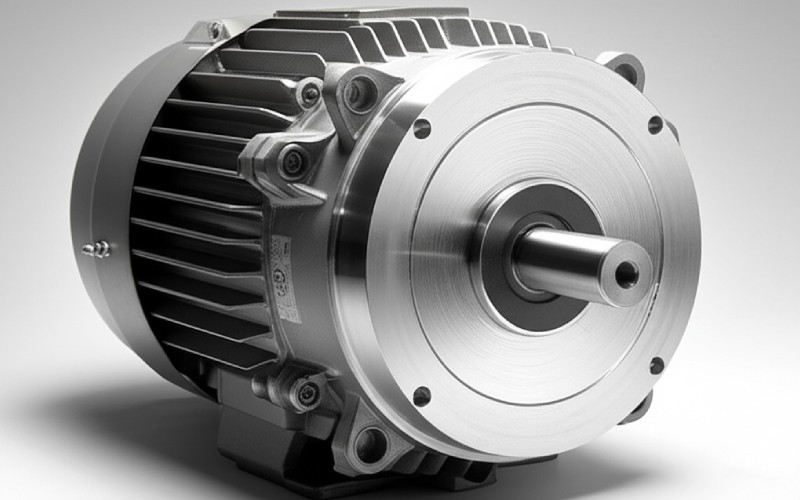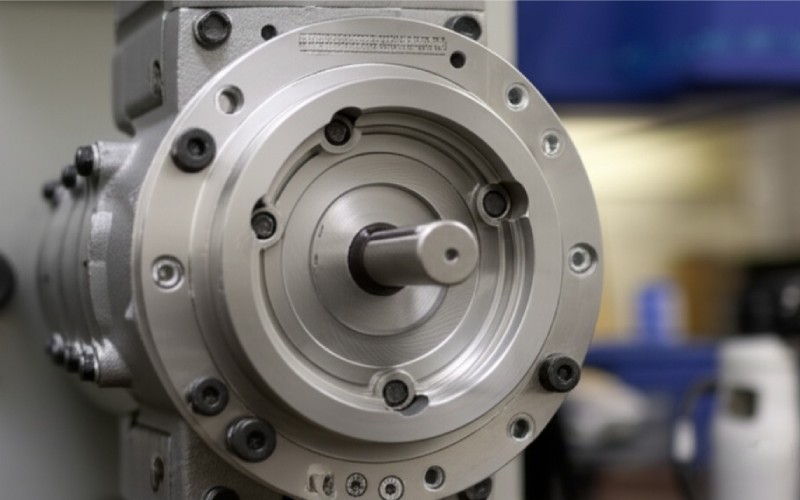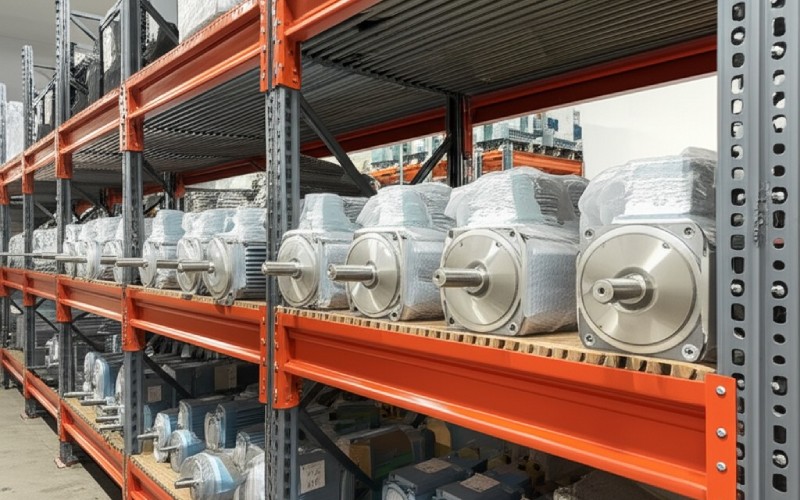Let Sino's Lamination Stacks Empower Your Project!
To speed up your project, you can label Lamination Stacks with details such as tolerance, material, surface finish, whether or not oxidized insulation is required, quantity, and more.

“C-Face motor”, it sounded like a technical term for experts. It turns out, it’s really simple. A C-Face motor is just an electric motor with a special kind of mount.
This article will help you understand what a C-Face motor is. I will explain how to spot one, why it’s useful, and where you see them. By the end, you’ll feel confident about this key piece of equipment. This knowledge will save you time and confusion on your next project.
A C-Face motor is a type of motor with a special mounting face on one end. This end is the C-Face. It allows you to bolt another piece of equipment, like a pump or a gearbox, directly to the motor.
Think of it like a puzzle piece. The C-Face on the motor is designed to fit perfectly with another part. This direct mount creates a strong, solid connection without needing extra brackets or plates. The whole setup is cleaner and more compact. It is a very common and effective solution used in thousands of machines.
You don’t need to be an expert to spot a C-Face motor. You just need to know where to look. Go to the end of the motor where the metal shaft sticks out. A regular motor usually just has mounting feet on its base. But a C-Face motor is different. It has a flat, circular face that surrounds the shaft.
The key feature to look for on this face is a pattern of threaded bolt holes. These holes are for mounting. If you look at the motor and see a flat face with bolt holes ready for a connection, you most likely have a C-Face motor. This specific face is what allows it to bolt flush against another piece of machinery.
The letter “C” is not random. It is very important. It comes from an organization called NEMA, which stands for the National Electrical Manufacturers Association. NEMA creates standards for electrical equipment in North America. When a motor has a “C” in its description, it means the motor’s face mount follows a specific NEMA standard. This is a very helpful technical detail.
This standard makes life much easier for everyone. It means that a C-Face motor from one company should fit a gearbox with a C-Face adapter from a different company. As long as both parts follow the same NEMA code, they will line up perfectly. This standardization is great for repairs and building new systems. You can be sure that parts will be compatible.

A C-Face mount is simple, but it has a few important parts that work together. First, there is the face itself. This is the flat, machined surface on the end of the motor. It provides a solid surface for the connection. Second, there are the bolt holes. These holes have internal threads cut into them so you can screw bolts directly into the motor’s face.
Third, there is a feature called a pilot. This is a slightly raised circular area on the face that fits into a matching recess on the equipment you are mounting. The pilot is very important for aligning the two parts perfectly. Finally, the motor shaft comes through the center of the face. The shaft transmits the power from the motor to the connected device.
Once you know what to look for, you will start seeing C-Face motors everywhere. One of the most common applications is for pumps. The pump head bolts directly to the motor. This creates a single, compact unit that is easy to install. There are no belts or chains to worry about.
Another major application is for gear reducers. The C-Face motor connects directly to the input side of the gearbox. The gearbox then slows the motor’s speed, which increases its turning force, or torque. This is a perfect solution for machines like conveyor belts, mixers, and augers. The C-Face makes the connection simple and secure, ensuring power is transferred efficiently.
This is a very important question, and the answer is no. C-Face mounts come in different sizes. The size of the mount is determined by the motor’s frame size. NEMA sets the standards for these frame sizes. A more powerful motor is usually bigger. It will have a larger frame size and, therefore, a larger C-Face.
When you replace a C-Face motor, it is critical to match the NEMA frame size. For example, a 56C frame motor has a specific bolt pattern and face diameter. A 145TC frame motor will be larger and have a different pattern. The “C” in the frame code is your clue that you are working with a C-Face model. Always check the nameplate on your old motor to find this information.
The process to mount a C-Face motor is very direct. I’ve done it hundreds of times. First, you carefully align the motor shaft with the input shaft of the pump or gearbox. You often use a small coupling to connect the two shafts. Then, you gently slide the motor forward.
The pilot on the C-Face will guide the motor into the correct position on the mating equipment. This ensures perfect alignment, which is critical for the life of the bearings. Once the faces are flush, you insert bolts through the pump or gearbox housing and tighten them into the threaded holes on the motor’s C-Face. And that’s it! You have a strong, direct connection. It is a very clever and simple solution.
It happens. You might have a perfectly good motor, but it doesn’t have the C-Face you need. Or maybe the C-Face frame size on your motor is different from the application you need it for. Don’t throw the motor away! There is often a solution. You can find adapter kits for these situations.
These kits can add a C-Face mount to a standard foot-mounted motor. Other kits can adapt one NEMA frame size to another. Finding the right solution might mean you need to talk to a knowledgeable supplier. Be prepared to tell them your motor’s model number and what you are trying to connect it to. If you are stuck, it never hurts to contact a professional for help.
Yes, there is, and it makes finding the right motor much easier. The code is part of the NEMA frame size standard. If you look at the nameplate on a motor, you will see its frame size listed. A motor with a C-Face will always have the letter “C” in this frame code. For example, you will see codes like “56C” or “145TC”.
The “T” in a code like “145TC” is another NEMA code that refers to a certain set of motor dimensions. But the most important letter for identifying a face-mount is the “C”. If you see that “C”, you know you have a C-Face motor. This small technical detail is a huge help when you need to order a new part or find a replacement. It is a great resource for quick and accurate identification.

First, check the manufacturer’s website or online catalog. They provide detailed drawings, dimension charts, and performance data. This is usually the best technical resource you can find.
If the manufacturer’s information is not enough, the next step is to contact a good supplier. The people who work on the support line have seen almost every application and solved every problem imaginable. They are an amazing resource for finding the right solution. Don’t ever hesitate to pick up the phone and contact an expert. A good supplier is more than a store; they are a partner. The original equipment manufacturer can also be a good point of contact.